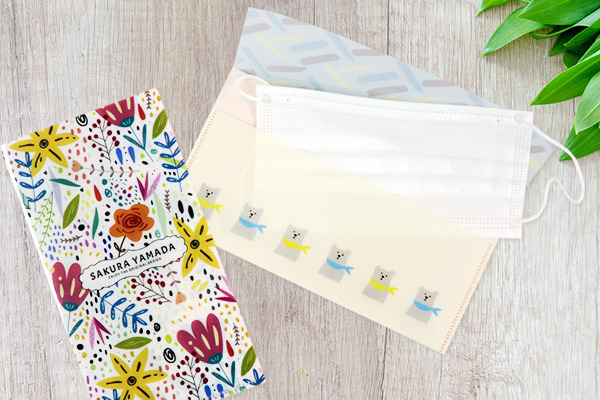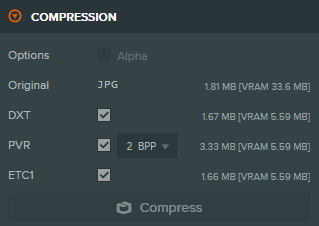

Span bytes = MemoryMarshal.Cast (data.AsSpan()) įromRgba64Bytes(configuration, bytes, framePixels) If (magickImage.Depth = 8 || magickImage.Depth = 6 || magickImage.Depth = 4 || magickImage.Depth = 2 || magickImage.Depth = 1 || magickImage.Depth = 10 || magickImage.Depth = 12)īyte? data = pixels.ToByteArray() įromRgba32Bytes(configuration, data, framePixels) Įlse if (magickImage.Depth = 16 || magickImage.Depth = 14) Using Magick.IUnsafePixelCollection pixels = magickImage.GetPixelsUnsafe() Var framePixels = image.GetPixelMemoryGroup() Var image = new Image (configuration, width, height) Using Magick.MagickImage magickImage = new Magick.MagickImage(filename) Public Image ReadPict (Configuration configuration, string filename) MagickGeometry geometry = new MagickGeometry() ( - )/100) Ĭonf.Top = (image.Height*/100) Ĭonf.Height = (image.Height*( - )/Ĭonf.Left = image.Width * conf.WidthProcent / 100 Ĭonf.Width = image.Width - (conf.Left*2) Ĭonf.Top = image.Height * conf.HeightProcent / 100 Ĭonf.Height = image.Height - (conf.Top*2) Var prop = () Ĭonf.Left = (int) (image.Width*/100) Using (MagickImage image = new MagickImage(infile)) Var conf = new CropTransformViewModel(configData) Public string Execute(FileItem item, string infile, string dest, ValuePairEnumerator configData) You can rate examples to help us improve the quality of examples. These are the top rated real world C# (CSharp) examples of ImageMagick.MagickImage extracted from open source projects. C# (CSharp) ImageMagick MagickImage - 60 examples found. With its rich set of methods and properties, it provides developers with a powerful toolset to manipulate images in a wide range of scenarios. Overall, these examples demonstrate the power and flexibility of ImageMagick's MagickImage class in C#. Then, it gets the image as a byte array using the Blob property, and saves it to disk with a new name (output.jpg). This example loads an image from a file (input.jpg) and rotates it by 90 degrees. MagickImage image = new MagickImage("input.jpg") įile.WriteAllBytes("output.jpg", imageData) Finally, it saves the modified image to disk with a new name (output.jpg).Įxample 3: Use the Blob property to get the image as byte array Then, it applies a Sinc filter and a resize operation to the image.
IMAGEMAGIC JP COMPRESSION HOW TO
This example shows how to load an image from a byte array instead of a file.

Image.AdaptiveResize(new MagickGeometry(800, 600)) MagickImage image = new MagickImage(imageData) Finally, it saves the modified image to disk with a new name (output.jpg).Įxample 2: Load an image from a byte array and apply a filterīyte imageData = File.ReadAllBytes("input.jpg") This example loads an image file (input.jpg), resizes it to a 200x200 square and converts it to grayscale. Image.Resize(new MagickGeometry(200, 200))
IMAGEMAGIC JP COMPRESSION CODE
Here are some code examples that show how to use MagickImage in C#:Įxample 1: Create a new image and save it to disk MagickImage is the main class in Magick.NET that represents an image object, and it offers a wide range of methods to manipulate and transform images. In C#, ImageMagick is accessible through the Magick.NET library, which provides a set of classes and methods to work with images and their properties. To resize JPEG images use our Image Resizer tool.ImageMagick is a powerful image manipulation library that can be used with various programming languages.
IMAGEMAGIC JP COMPRESSION MAC OS
JPG files open automatically on popular web browsers such as Chrome, Microsoft applications such as Microsoft Photos, and Mac OS applications such as Apple Preview. To select a specific application to open the file, utilize right-click, and select "Open with" to make your selection. Simply double-clicking the JPG file will usually result in its opening in your default image viewer, image editor, or web browser. If you need even better compression, you can convert JPG to WebP, which is a newer and more compressible file format.Īlmost all image-viewer programs and applications recognize and can open JPG files. You can use our compress JPEG tool to reduce the file size by up to 80%! As such, the relatively small size of JPG files makes them excellent for transporting over the Internet and using on websites. The considerable compression that JPG offers is the reason for its wide use. JPG (Joint Photographic Experts Group), is a universal file format that utilizes an algorithm to compress photographs and graphics.


 0 kommentar(er)
0 kommentar(er)
